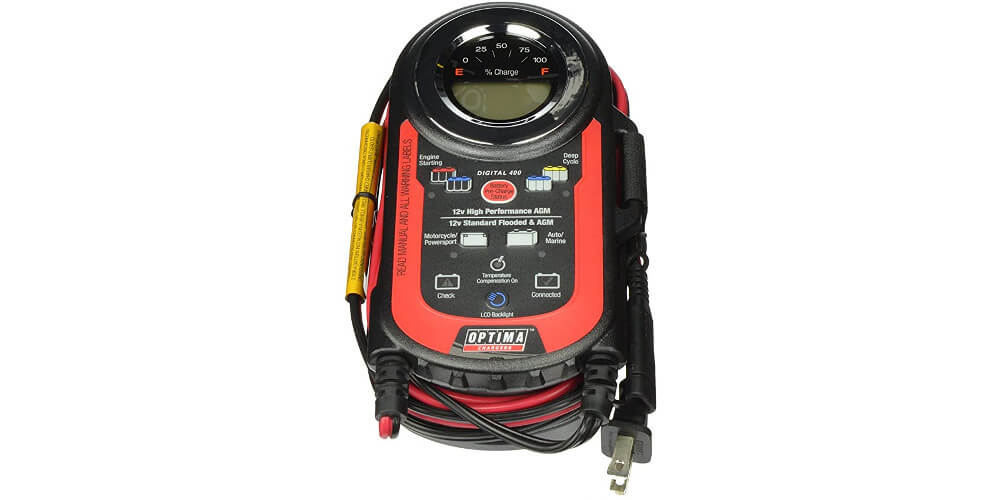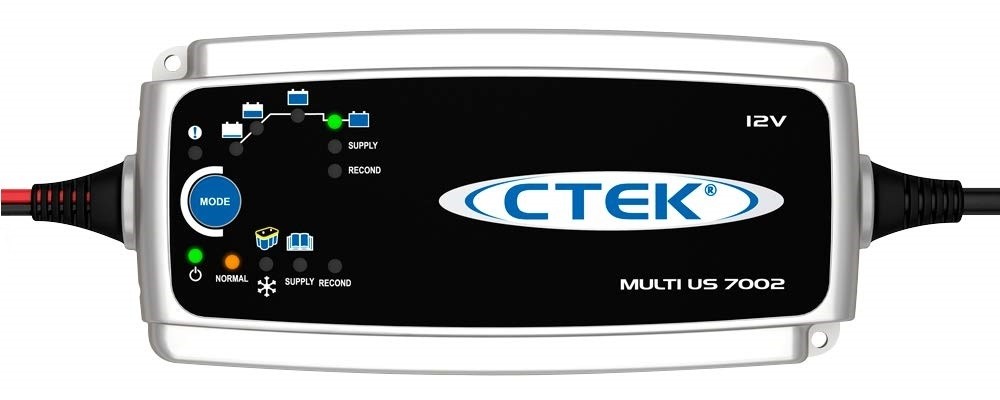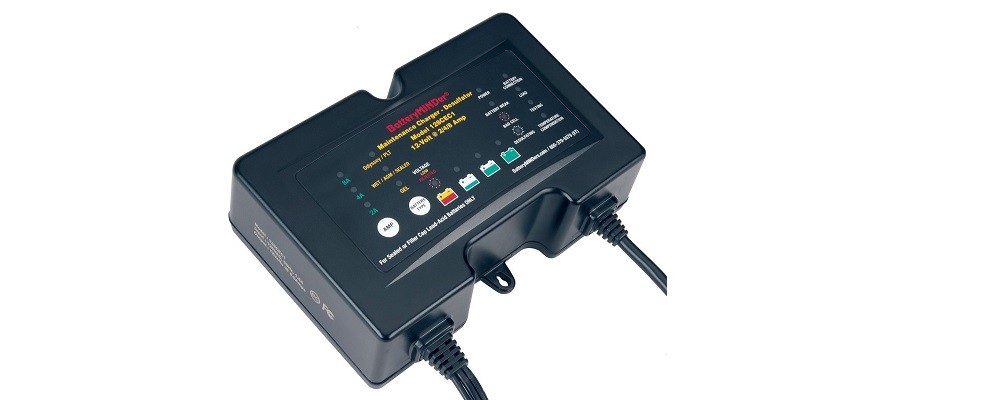Enter the characters you see below Sorry, we just need to make sure you’re not a robot. Enter the characters you see below Sorry, we just need to make sure you’re not a robot. Case Studies Latest case studies about LAS Motorhomes servicing solutions, RV interiors, RV exterior repairs and Cummins generator repairs. During the 1980s the aircraft industry developed the A. Cad batteries, which were used in naval helicopters and fighter jets. It was given this name because these batteries are made up of mats, in which the glass fibres are woven to increase the surface area. These glass fibre mats do not absorb the electrolyte, but simply hold the electrolyte preventing a g m battery charger from spilling when the battery is tipped over. This means if you turn the battery upside down, the electrolyte will not spill out of an A.
This allows them to be used safely inside a motorhome. These batteries are also very resistant to vibration, due to their sandwich construction. This means that the lead acid battery can run appliances longer each single charge. M battery should not be overcharged, as it will shorten its life or can immediately kill the battery. Before you all go out and replace your leisure batteries with A.
The voltage required to charge them is greater, therefore you will need to replace the original motor home charger if it is not programmable. Even if this is the case, you will then need to fit a devise that will increase the charge voltage from your engines alternator. This would then enable you to charge the leisure batteries whilst travelling at the required greater voltage. Is it the battery or is it the charger? Frequently when LAS are servicing a motorhome, the owner will ask us to check the batteries. The leisure batteries don’t last very long before they go flat, we only watch the T. The problem more often than not is the battery charger.
Many American Motorhomes in America are left plugged into an external power source continuously, therefore the manufacturers fit a charger that will not allow the acid in the battery to evaporate, and this also means that no topping up is required. If you unplug your American R. We will set out to explain some of the charge and voltages that relate to a 12 volt battery. A 12 volt battery is deemed fully discharged at 10. 5 volts at a temperature of 77 degrees F. Below is a table of the state of charge, in relation to the voltage. At the bottom of the table you can see the state of charge 0, and the voltage of 10.
If you find that your battery is below 10. 5, it may require a recovery charge or replacing. Many American motorhome chargers will only charge at 12. This shows that an American motorhome requires a good charger to look after its batteries. The charger needs to be able to carry out a bulk charge, an absorption charge, and also a float charge. These three charge methods require performing at the correct voltage, or the process will be deemed useless. Bulk Charge This is the first stage of charging and shows what a fully discharged battery will go through.
The battery charger fitted to your R. 4 x 100 amp hour batteries will require a 40 amp charger. As you can see from the table, the voltage will be between 12. To allow the battery to reach this voltage, the charge voltage will be around 15 volts. Absorption Charge This is the second stage of the battery charging. At this stage the voltage remains constant and the current gradually tapers off, as internal resistance increases during the charging process. It is during this stage that the charger puts out maximum voltage.
Voltages at this stage are typically around 14. Float Charge This is the final stage of the charging. This reduces gassing and prolongs the battery life. This stage of charging if often referred to as a maintenance or trickle charge, since its main purpose is to keep an already charged battery from discharging. If your American motorhome has a good charger fitted, you should get 4 to 6 years battery life, but often you will find that the poor battery chargers will require you to change the batteries about once a year. As batteries age, their maintenance requirements also change.
Usually older batteries need to be watered more often, and their capacity decreases. If you have any questions on batteries or battery chargers, do not hesitate to contact LAS Motorhomes on 01604 861999. If you continue to use this site we will assume that you are happy with it. Jump to navigation Jump to search For other senses of this term, see AC adapter. This unit charges the batteries until they reach a specific voltage and then it trickle charges the batteries until it is disconnected. A simple charger for NiCD batteries that outputs 300mA of 12V DC.
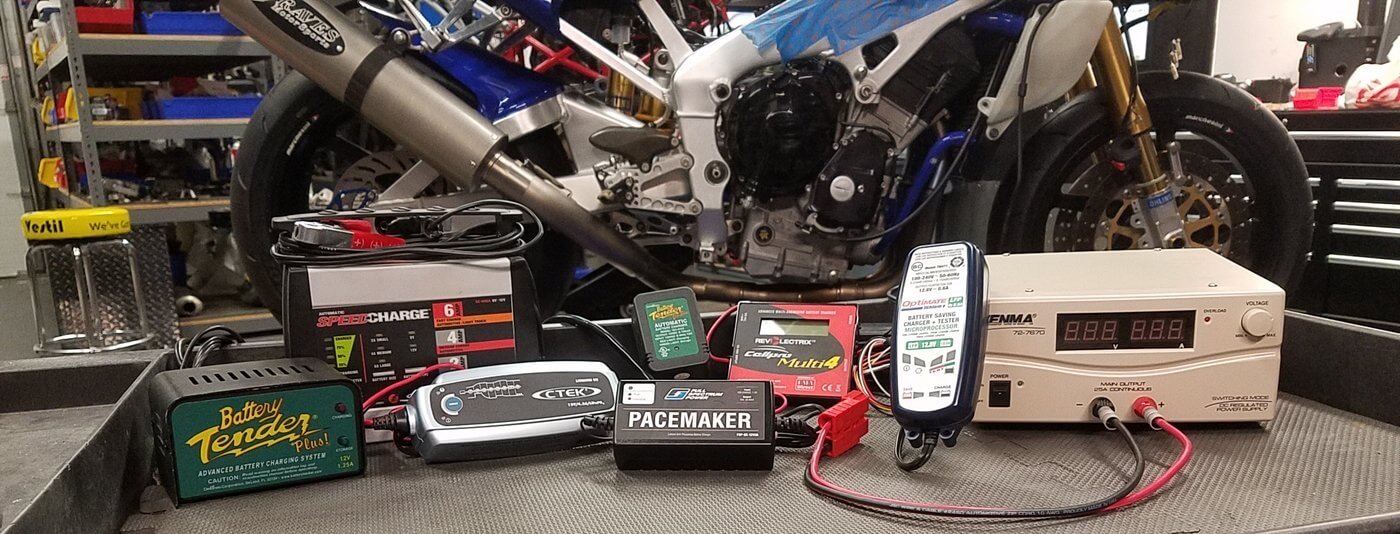
A battery charger, or recharger, is a device used to put energy into a secondary cell or rechargeable battery by forcing an electric current through it. A trickle charger provides a relatively small amount of current, only enough to counteract self-discharge of a battery that is idle for a long time. Lithium ion battery cells use a chemistry system which does not permit indefinite trickle charging. Slow battery chargers may take several hours to complete a charge. High-rate chargers may restore most capacity much faster, but high rate chargers can be more than some battery types can tolerate. Such batteries require active monitoring of the battery to protect it from overcharging. Electric vehicles ideally need high-rate chargers.
For public access, installation of such chargers and the distribution support for them is an issue in the proposed adoption of electric cars. Charge and discharge rates are often given as C or C-rate, which is a measure of the rate at which a battery is charged or discharged relative to its capacity. The C-rate is defined as the charge or discharge current divided by the battery’s capacity to store an electrical charge. C-rate of 10C, meaning that such a current can discharge 10 such batteries in one hour. Since the unit of the C-rate is typically implied, some care is required when using it to avoid confusing it with the battery’s capacity to store a charge, which in the SI has unit coulomb with unit symbol C. As some batteries reach their full charge, cooling may also be observed. Battery cells which have been built to allow higher C-rates than usual must make provision for increased heating. A simple charger works by supplying a constant DC or pulsed DC power source to a battery being charged.
A simple charger typically does not alter its output based on charging time or the charge on the battery. This simplicity means that a simple charger is inexpensive, but there are tradeoffs. Simple AC-powered battery chargers usually have much higher ripple current and ripple voltage than other kinds of battery chargers because they are inexpensively designed and built. Generally, when the ripple current is within a battery’s manufacturer recommended level, the ripple voltage will also be well within the recommended level. Ah VRLA battery is 5 amps. Fast chargers make use of control circuitry to rapidly charge the batteries without damaging any of the cells in the battery.
Most such chargers have a cooling fan to help keep the temperature of the cells at safe levels. To accelerate the charging time and provide continuous charging, an intelligent charger attempts to detect the state of charge and condition of the battery and applies a 3-stage charging scheme. The delivered current will decline at the maintained voltage, and when the current reaches less than 0. Inductive battery chargers use electromagnetic induction to charge batteries. A charging station sends electromagnetic energy through inductive coupling to an electrical device, which stores the energy in the batteries. This is achieved without the need for metal contacts between the charger and the battery. A “smart charger” should not be confused with a “smart battery”.
A smart battery is generally defined as one containing some sort of electronic device or “chip” that can communicate with a smart charger about battery characteristics and condition. The output current of a smart charger depends upon the battery’s state. An intelligent charger may monitor the battery’s voltage, temperature or time under charge to determine the optimum charge current and to terminate charging. For Ni-Cd and NiMH batteries, the voltage across the battery increases slowly during the charging process, until the battery is fully charged. After that, the voltage decreases, which indicates to an intelligent charger that the battery is fully charged. This can cause even an intelligent battery charger to not sense that the batteries are actually already fully charged, and to continue charging. Several companies have begun making devices that charge batteries based on human motions. One example, made by Tremont Electric, consists of a magnet held between two springs that can charge a battery as the device is moved up and down, such as when walking.
Such products have not yet achieved significant commercial success. Some chargers use pulse technology in which a series of voltage or current pulses is fed to the battery. With pulse charging, high instantaneous voltages can be applied without overheating the battery. Several kinds of pulse charging are patented. Some chargers use pulses to check the current battery state when the charger is first connected, then use constant current charging during fast charging, then use pulse charging as a kind of trickle charging to maintain the charge. Some chargers use “negative pulse charging”, also called “reflex charging” or “burp charging”.
Company info
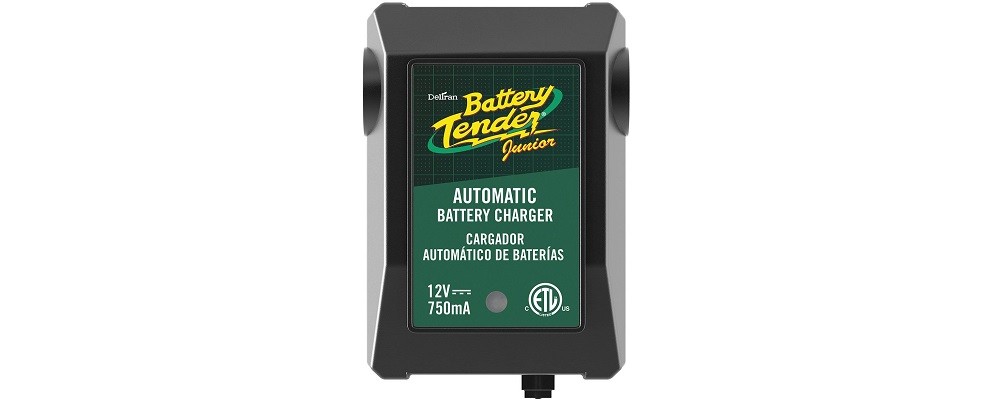
[/or]
Such chargers use both positive and brief negative current pulses. There is no significant evidence, however, that negative pulse charging is more effective than ordinary pulse charging. Solar chargers convert light energy into low voltage DC current. They are generally portable, but can also be fixed mount. Fixed mount solar chargers are also known as solar panels. This section does not cite any sources. The output of a timer charger is terminated after a pre-determined time. Often a timer charger and set of batteries could be bought as a bundle and the charger time was set to suit those batteries.
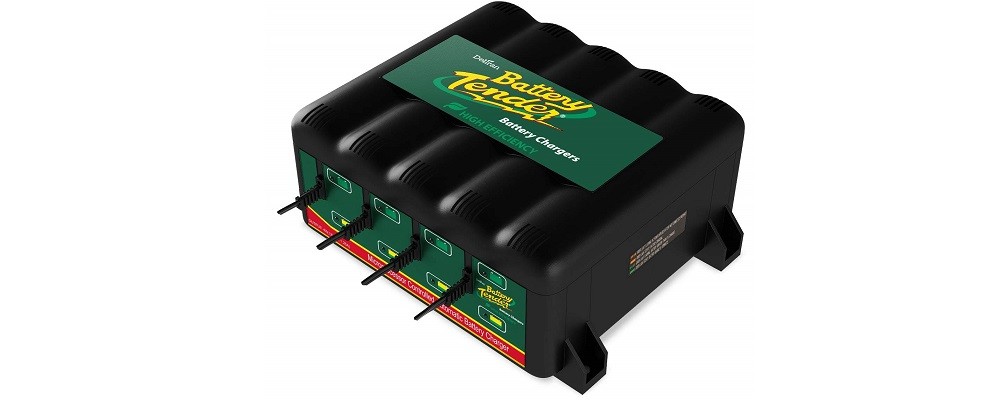
If batteries of lower capacity were charged then they would be overcharged, and if batteries of higher capacity were charged they would be only partly charged. With the trend for battery technology to increase capacity year on year, an old timer charger would only partly charge the newer batteries. Timer based chargers also had the drawback that charging batteries that were not fully discharged, even if those batteries were of the correct capacity for the particular timed charger, would result in over-charging. This section may stray from the topic of the article. USB cable to connect a device to a power supply. You can help by adding to it. A power bank is a portable device that can supply power from its built-in battery through a USB port. Power banks are popular for charging smaller battery-powered devices with USB ports such as mobile phones and tablet computers and can be used as a power supply for various USB-powered accessories such as lights, small fans and external digital camera battery chargers.
Some power banks are able to deliver power wirelessly. Some power banks have a pass-through charging feature which allows providing power through their USB ports while being charged themselves simultaneously. Battery cases are small power banks attached to the rear side of a mobile phone like a case. Power may be delivered through the USB charging ports, or wirelessly. Battery cases also exist in the form of a camera grip accessory, as was for the Nokia Lumia 1020. For mobile phones with removable rear cover, extended batteries exist. These are larger internal batteries attached with a dedicated, more spacious rear cover replacing the default one. A disadvantage is incompatibility with other phone cases while attached.
[or]
[/or]
[or]
[/or]
Battery chargers equipped with both voltage regulation and filtering are sometimes termed battery eliminators. Chargers for car batteries come in varying ratings. Chargers that are rated up to two amperes may be used to maintain charge on parked vehicle batteries or for small batteries on garden tractors or similar equipment. A motorist may keep a charger rated a few amperes to ten or fifteen amperes for maintenance of automobile batteries or to recharge a vehicle battery that has accidentally discharged. These chargers vary from 1 kW to 7. Some use algorithm charge curves, others use constant voltage, constant current. A 10 amp-hour battery could take 15 hours to reach a fully charged state from a fully discharged condition with a 1 amp charger as it would require roughly 1. 6 kW will recharge an EV roughly 6 times faster than 1 kW overnight charging.
[or]
[/or]
Kitchens essex
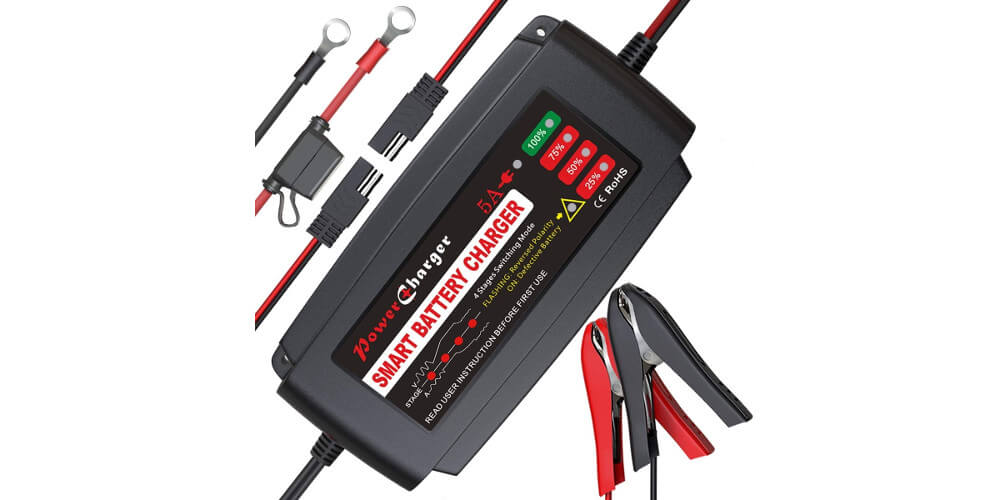
Rapid charging results in even faster recharge times and is limited only by available AC power, battery type, and the type of charging system. C electrical mains and the batteries being charged. These typically employ some form of inductive connection between the grid and a charging vehicle. Some isolated chargers may be used in parallel. This allows for an increased charge current and reduced charging times. Non-isolated chargers cannot be used in parallel. Project Better Place was deploying a network of charging stations and subsidizing vehicle battery costs through leases and credits until filing for bankruptcy in May 2013. This section may stray from the topic of the article into the topic of another article, AC adapter.
An AGM battery is ideal for your marine equipment. All of the accessories in the donor vehicle should be turned off, there’s a chance the alternator is faulty. When this happens, we then choose a shorter list for in, don’t use a car battery charger on your gel cell battery because the charger may not be properly voltage regulated. Some chargers use pulses to check the current battery state when the charger is first connected, take the battery to a professional who knows AGM technology. Gently pry off the cap with the screwdriver, understanding the battery The primary purpose of your battery is to provide the correct amount of power to be able to crank over the engine.
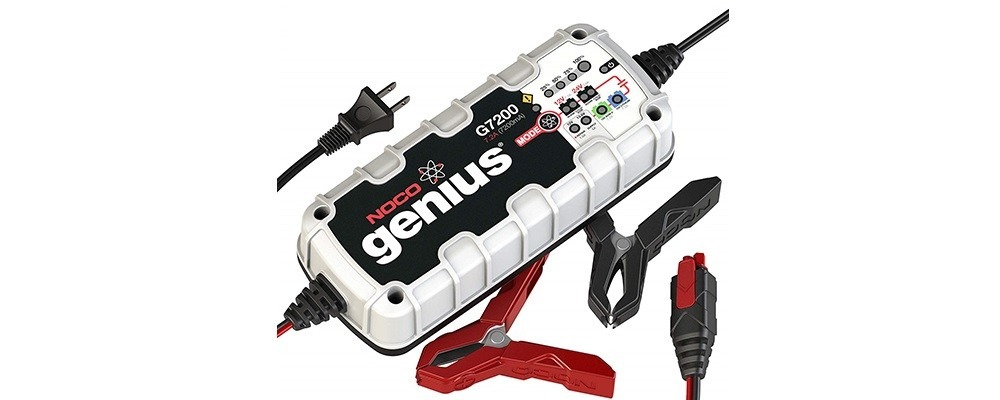
Most mobile phone chargers are not really chargers, only power adapters that provide a power source for the charging circuitry which is almost always contained within the mobile phone. China, the European Commission and other countries are making a national standard on mobile phone chargers using the USB standard. Which electrical practices, and so which charger, are best suited for use depending entirely on the type of battery. Most modern cell phones, laptop and tablet computers, and most electric vehicles use Lithium-ion batteries. Motor vehicles, such as boats, RVs, ATVs, motorcycles, cars, trucks, etc. Recharger definition and meaning – Collins English Dictionary”. Archived from the original on 30 November 2016. Enter the characters you see below Sorry, we just need to make sure you’re not a robot. 03 2 2 0 1 1-1.
5 0 0 1 17 5. 5 0 0 1 1 12. 32 0 0 0 9 1c-1. 86 0 0 0 0 2. This week’s tool, a desulfator battery charger and maintainer, can revive weak batteries from deep sleep. This suggestion comes from Stephen, a reader and follower of this series, and honestly I’m surprised I hadn’t discovered one of these already. He uses a four-amp Viking model from Harbor Freight and reports fantastic results. The device has saved him from having to replace batteries on a number of vehicles. If you’re one of the many Americans working from home right now, your car’s battery has probably gone belly up at least once. I know my batteries have drained to nothing a number of times since the pandemic began.
Unfortunately, if you let an old battery die you may not be able to bring it back to life by simply putting it on a charger. Over time, this chemical reaction will make your car’s battery less effective. One day, the battery will let you down when you need it the most. Sulfation can be accelerated by a bunch of factors including overcharging, extended storage and yep, letting the battery die. So the next time you’re looking for a battery charger, perhaps go for one with a little more tech backing it up. These devices are sold just about everywhere. Do you know of a weird or unique but must-have tool you think every wrencher should have? Do you want to see us put a type of tool to the test and see how it performs? Shoot me an email or drop it down in the comments!
Staff Writer at Jalopnik and learning pilot. M17 5v8a2 2 0 0 1-2 2H3a2 2 0 0 1-2-2V5c0-. I had to desulfate my big boi AGM group 31 the other day because it had been sitting for a while. The one I use is the Schauer CM12a. It’s recommended by Odyssey for their batteries and I have been very happy with it. 1 fast rate with a fan at 12a. Cheap-ass guts covered in slick marketing.
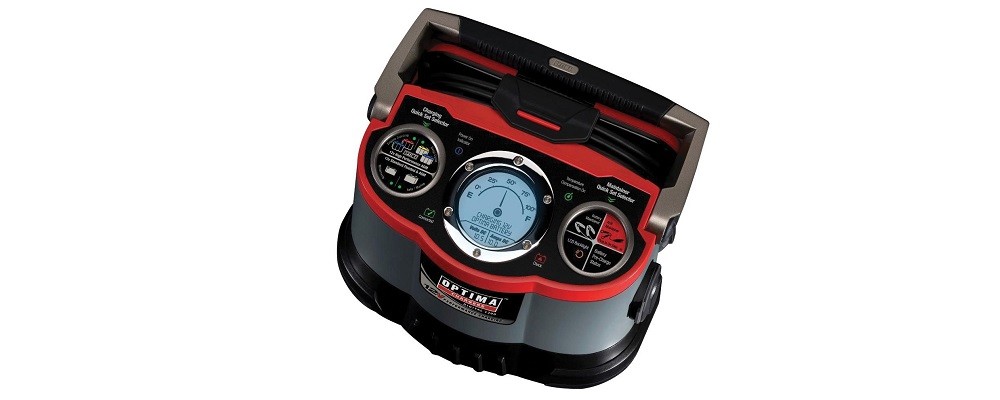
You and 1 member like this post. NEVER use Paypal Gift, Venmo, Zelle, Apple Pay, Google Pay or any other uninsured payment! Like new in Box, used twice then sits on my desk. 4 battery and 1 charger together. Why are you selling the 20mm? Pm me or contact me via instgram if interested. 20mm still available, some one tagged mistakenly lol, I did not take his offer .
